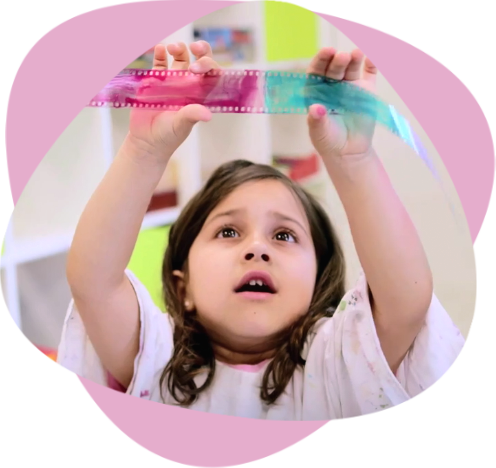Cinemas, archives and festivals
Film education in the archive
The film archive can either be seen as a closed, dusty collection of old films, jealously guarded by film curators, and hidden from the public, or as a living, growing repository of stories, each maybe ground-breaking in their day, and waiting to be given new life and meaning by contemporary audiences.
In this Step we look at one example of a film archive that is bringing the newest audiences to its treasures.
